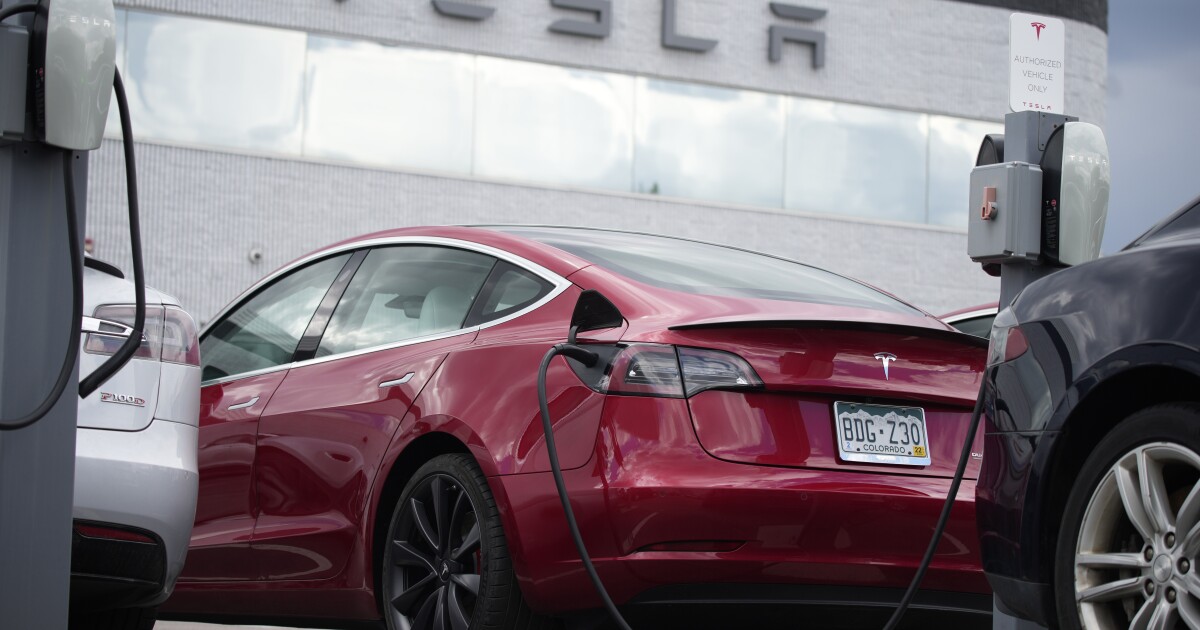

Energy experts have assured that the popularity of electric vehicles is revving up as predicted, with nearly 1 in 5 cars sold worldwide in 2023 being electric.
The International Energy Agency noted that the share of electric vehicle sales has tripled in three years, rising from 4% in 2020 to 14% in 2022.
EVERY HOUSE MEMBER WHO VOTED AGAINST PASSING THE DEBT CEILING BILL
“EV sales are expected to continue strongly through 2023. Over 2.3 million electric cars were sold in the first quarter, about 25% more than in the same period last year,” the agency reported. “We currently expect to see 14 million in sales by the end of 2023, representing a 35% year-on-year increase with new purchases accelerating in the second half of this year. As a result, electric cars could account for 18% of total car sales across the full calendar year.”
However, auto industry analysts warn that EVs maintain several concerning aspects.
Car review analyst Neil Winton said, “There are many aspects of battery electric vehicles (BEVs) that new buyers will find either disconcerting or downright unacceptable.”
Winton reviewed 25 different electric vehicles in May, driving each one for about a week, and found that their primary problem is long-distance cruising and range.
“Compared with internal combustion engines, particularly diesel ones, BEVs are hopeless for motorway driving at legal maximum speeds,” Winton said.
Peter Wells, a professor of business and sustainability at Cardiff Business School, affirmed Winton’s notion, saying, “Range falls off a cliff at high speed. For an electric car, the extra energy required getting from 60 mph to 75 mph is astonishing and virtually doubles energy consumption to move all that air out of the way.”
For example, Winton found that the Tesla Model 3’s range claim is 360 but that it only obtained 239 miles of highway cruise range.
Winton also noted that several other factors remain to be seen, including whether there are sufficient electric grids to power the projected number of EVs, in addition to enough raw materials and minerals for building EV batteries.
He also questioned how quickly the high cost of batteries will come down, making the vehicles’ maintenance more affordable.
Winton also pointed out safety concerns, including the ability of parking structures to hold up under the heavy weight of EVs and fire safety because EV batteries have been reported to combust spontaneously.
CLICK HERE TO READ MORE FROM THE WASHINGTON EXAMINER
As a result, Winton suggested EV manufacturers focus small in order to avoid some of these pitfalls.
“Manufacturers are trying to make BEVs the equivalent of ICE car, but that’s impossible and unaffordable. They need to concentrate on what BEVs do well – that’s local use, shopping, commuting, the school-run. A cheap, $10,000 electric runabout won’t need tax-payer subsidies and will take care of maybe 95% of normal needs. Batteries could be smaller,” Winton said. “Long-range won’t be an issue because these little vehicles, like China’s Wuling Bingo or BYD Seagull are not designed for that.”





